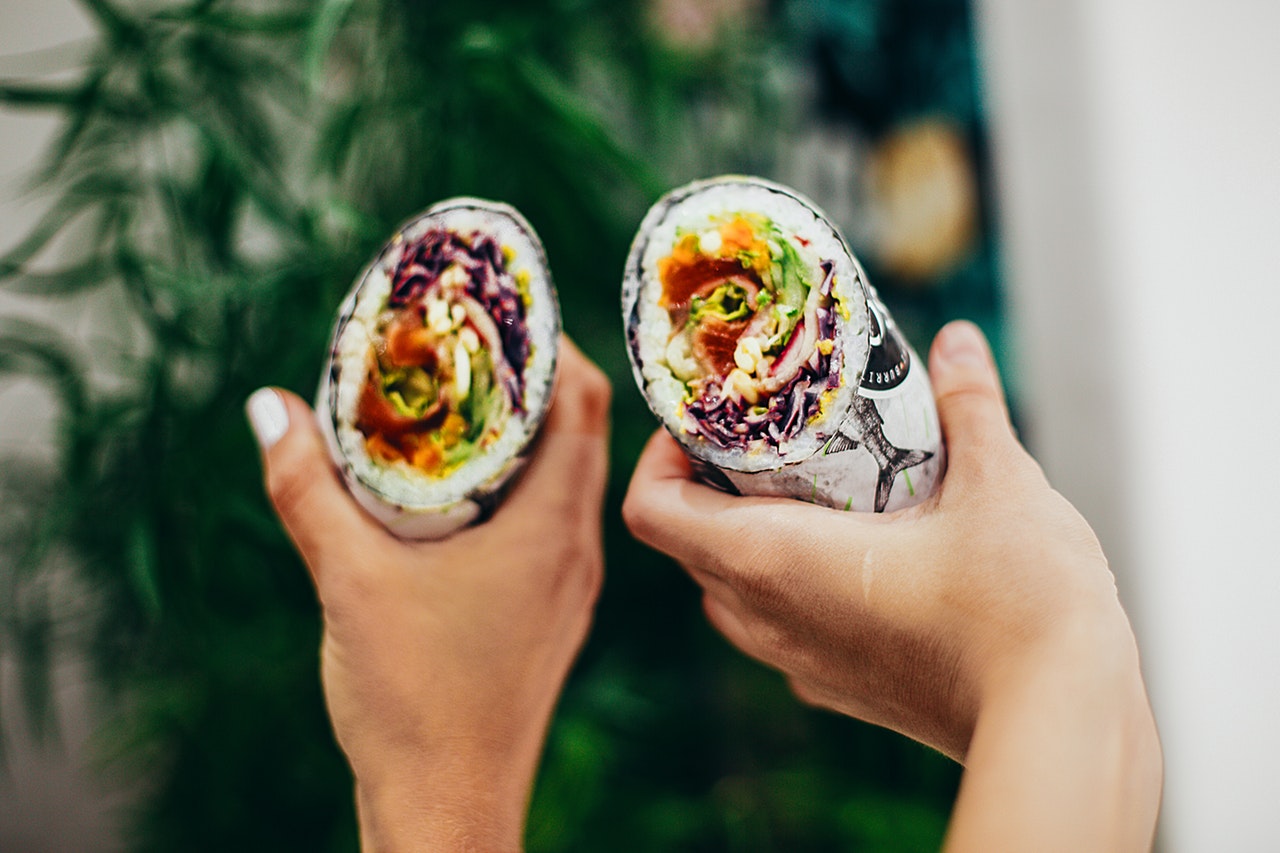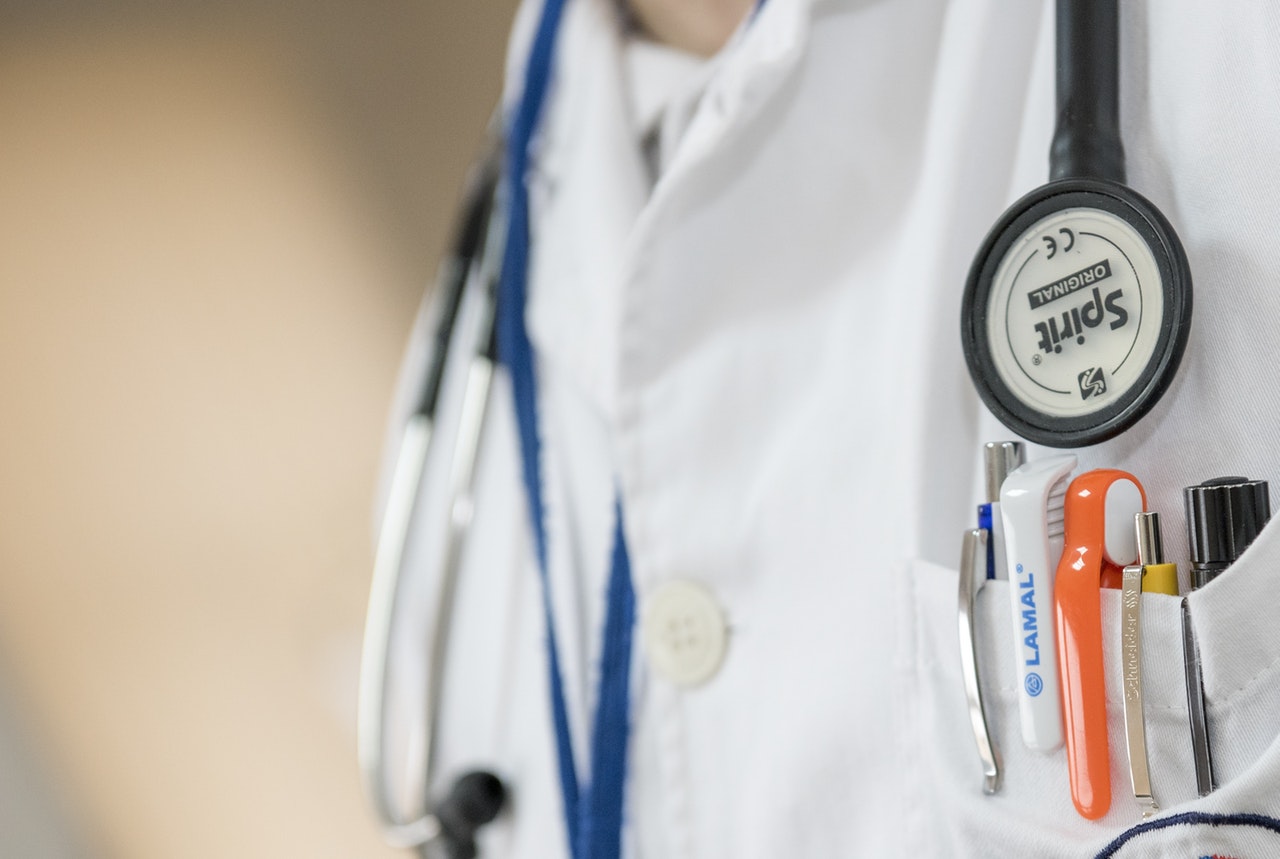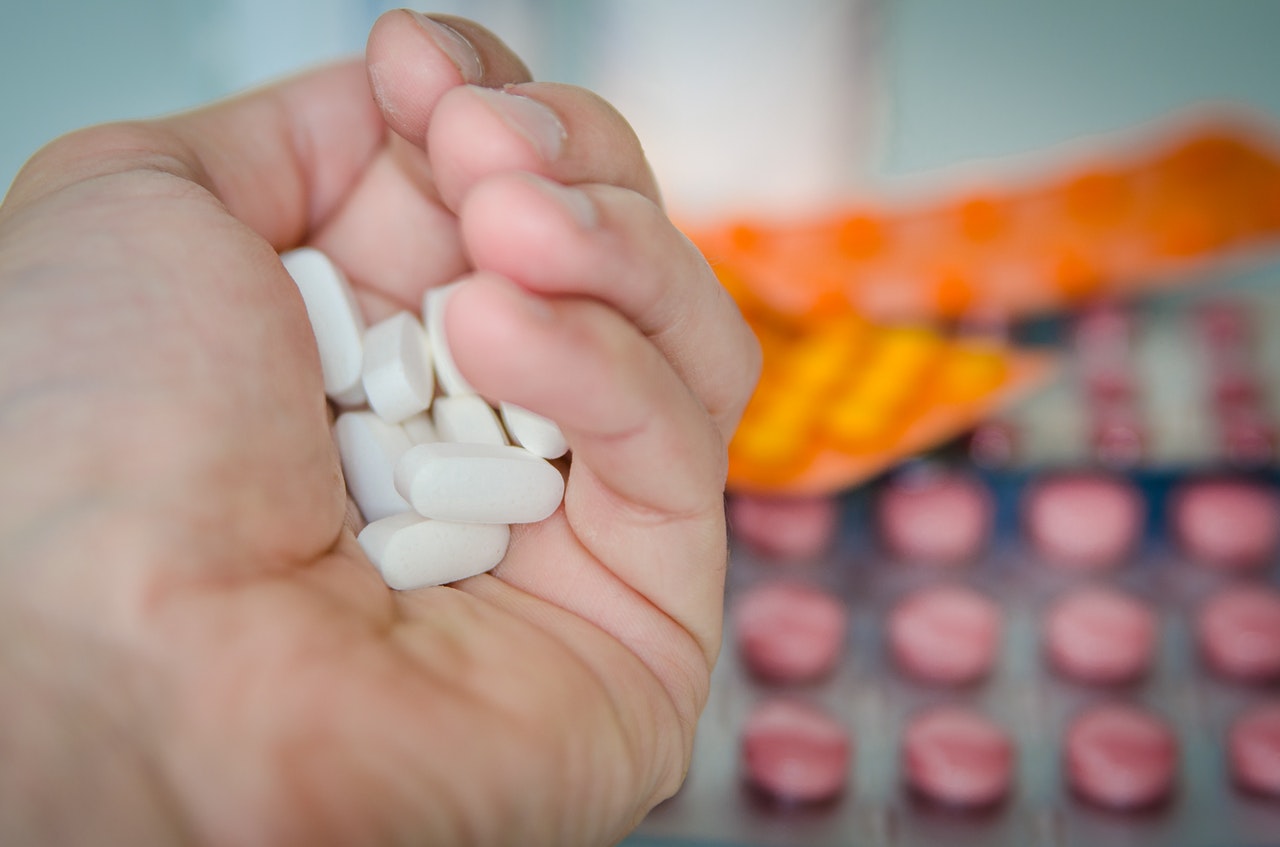3 Ways to Support Healthy Aging at Any Stage of Life
It’s Healthy Aging Month! No matter your age or what stage of life you’re at, it’s a good idea to take steps today to be your healthiest self as you get older. Here are a few of the little things you can do every day to help make aging a little easier: stay active, stay hydrated, and stay rested.
Good health starts on the inside.
Keep your insides hydrated and healthy and it will show on the outside. We all want to look young with radiant glowing skin and it starts with drinking plenty of water, eating fiber rich whole foods (for a healthy gut), and healthy fats. Even as a nutritionist I have some gaps in my diet and need a little boost. Not a seafood lover? Try our Omega-3. Avoid fish altogether? Try our vegan DHA. Omega-3 is great for skin, brain, and helping to keep inflammation at bay. Evening primrose is another that can help with skin as well as assist in maintaining hormone levels that may change as we age. And finally, if you just want better overall help, try our Hair, Skin & Nails supplement. With a blend of herbs, COQ10, and other nutrients this one pill may give you the boost you need to help you look great at any age.
Plenty of sleep is a must.
If you haven’t heard, you may have noticed, less hours of sleep are needed as you age. Our Sound Slumber program + stress support is an amazing combination to get you feeling rested. Stress is the great disruptor of many systems, but sleep is affected most by stress. Ashwagandha, Herbal Rest, and other supplements may help you get the sleep you need.
Keep your body moving.
Seems counterintuitive if you have aches and pains, but if you keep moving you will have less pain and stiffness. Not only does this help with blood flow to the body, but movement also keeps the mind sharp. If you can, make it a social event. Find something you enjoy doing with friends and family, or even find local groups to keep your body mobile, mind sharp, and spirit lifted. If your joints are stiff and achy, our joint support supplements may help promote joint health for increased mobility.
Want to find supplements to support healthy aging? Take our free assessment to get supplement recommendations personalized for you and delivered to your door each month in convenient daily vitamin packs.











